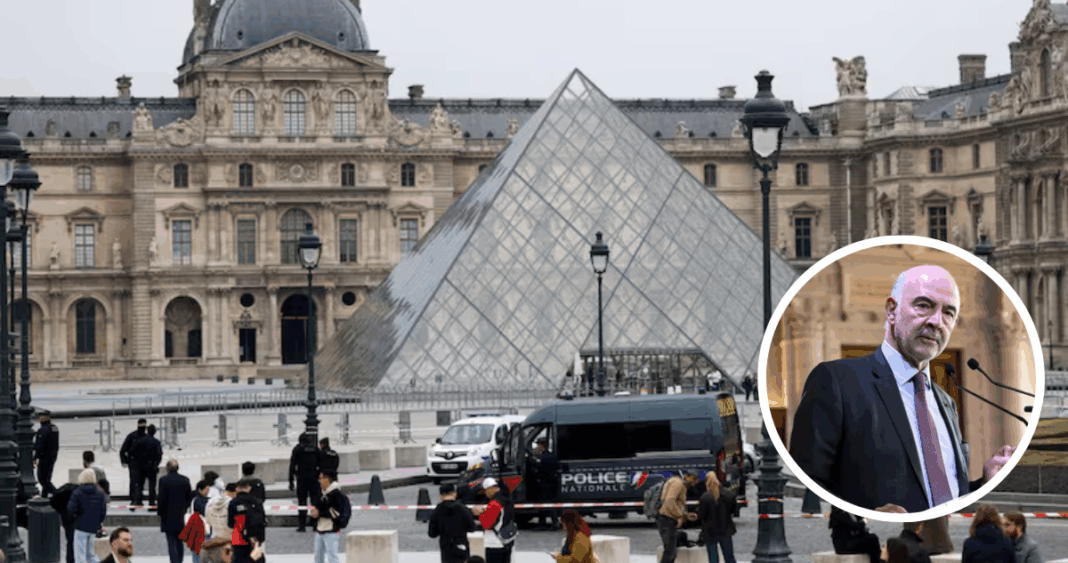In a scathing report, the French Court of Accounts has criticized the Louvre Museum for prioritizing «visible and attractive operations» over the maintenance and renovation of its buildings and technical facilities, particularly in the area of security.
The report, released just three weeks after the spectacular jewelry heist at the world-famous museum, found that the Louvre «privileged visible and attractive operations to the detriment of maintenance and renovation of buildings and technical facilities, especially security.»
The auditors warned that these investments were «nevertheless essential to ensure the lasting operation of the institution.» Despite its abundant resources, the museum faces a «wall of investments that it is not in a position to finance» due to the lack of prioritization of its numerous projects.
Jewelry Heist Exposes Security Vulnerabilities
The report comes in the wake of the October 19th robbery, in which four individuals used a forklift to access the museum through a window and steal eight imperial jewels worth an estimated $100 million, including a pearl diadem belonging to Empress Eugenie and a sapphire necklace and earrings set from Queen Marie Amélie.
According to the report, the Louvre’s focus on art over security, despite having the financial resources to address these issues, contributed to the brazen heist. The auditors found that the museum faced «considerable delays in the pace of investments» compared to the «accelerated degradation» of its facilities, which welcomed 9 million visitors in 2024, 80% of them foreign tourists.
Ambitious Renovation Plan Faces Funding Shortfall
The report also examined the Louvre’s ambitious renovation plan, announced by French President Emmanuel Macron in January, which is now estimated to cost 1.15 billion euros ($1.32 billion), with 481 million euros ($550 million) needed in the next ten years. This figure is considered «low» given the museum’s renovation needs, according to the Court of Accounts.
The Louvre’s management acknowledged the majority of the recommendations made by the auditors, but argued that the report «did not recognize» several of its actions in the field of security.
Prioritizing Aesthetics Over Function
The report’s findings suggest that the Louvre’s focus on creating a visually appealing and engaging experience for visitors came at the expense of maintaining the fundamental infrastructure and security systems necessary to protect its priceless collection. This misalignment of priorities ultimately left the museum vulnerable to a high-profile theft that has tarnished its reputation and raised questions about the balance between form and function in cultural institutions.
As the Louvre embarks on its ambitious renovation plan, the government audit serves as a wake-up call to prioritize security and operational resilience alongside the museum’s artistic and aesthetic goals.




